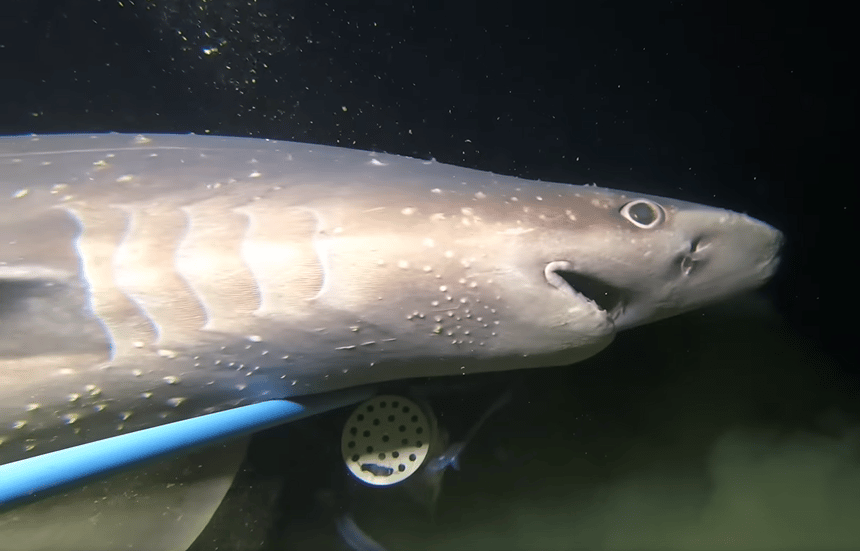
Discover an underwater oasis home to many sharks
British researchers recently discovered an oasis of life 500 meters deep off the Maldives. For the study authors, this is a unique new ecosystem in the middle of a very large oceanic desert.
perfect store
As the environment deteriorates from year to year and some ecosystems tend to disappear, science sometimes makes amazing discoveries. This is especially the case for researchers from Oxford University (UK) as part of the Nekton Maldives mission (see the video at the end of the article). In fact, as shown statement On October 21, 2022, they discovered a shark trapping area Off the Maldives, a popular archipelago in the Indian Ocean.
In this area which is located in About 500 meters in depth, study leaders found that micronektons are in very large quantities. These are tiny creatures May vary from 2 to 20 cm who are usually able to swim regardless of the direction of the current. Generally, they find themselves on the surface of the water during the night, and then return to the surface when the day returns.
Thus, this trapping region primarily relates to these micronectons which, due to their concentration, represent a Perfect pantry for many large predatorswhose Several types of sharks. For researchers, this is a unique new ecosystem and an oasis of life. In addition to sharks, species of tuna, rays, or even large deep-sea fish are found in this fishing area.

digging deeper
As part of the Nekton Maldives mission, researchers have done this Deployment of submersible vehicles More than 1000 meters. The primary objective was to conduct the first survey and sampling of the sea floor around the Maldives. It must be said that until today, the area was relatively unknown. So the detection of high concentration of micronektons goes hand in hand with the detection of Rugged Maldives Underwater Landscape, causing these small organisms to hunt. In the past, this type of trapping has been repeatedly associated with biodiversity hotspots on seamounts. However, this is the first time that the same trapping has been found on oceanic islands, here the Maldives.
Now, researchers want to understand more precisely why this phenomenon occurs at a depth of 500 meters. Is there something specific to this depth? Does this oasis of life extend further, and if so why? This discovery will allow Better understanding of the sea floor ? Lots of questions whose answers can have multiple ramifications, particularly for sustainable fisheries management or, Carbon burial and storage.

“Organizer. Social media geek. General communicator. Bacon scholar. Proud pop culture trailblazer.”
